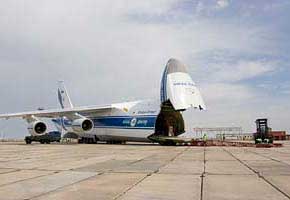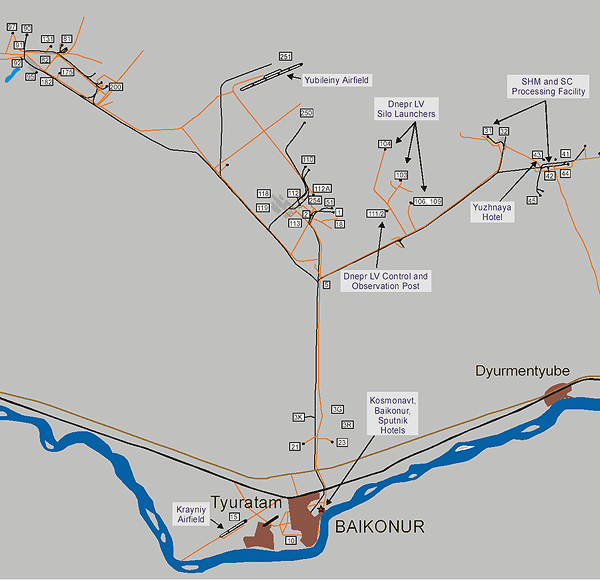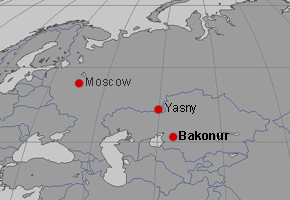Baikonur CosmodromeProton Lift-off, Site 200, Baikonur2004-10 (C) Seiji Yoshimoto 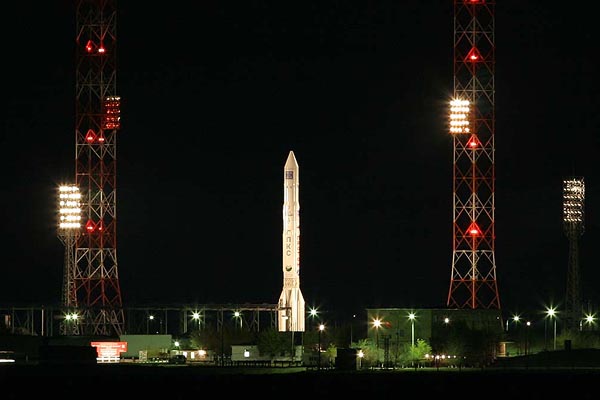 Proton before Lift-off, Site 200, Baikonur2004-10 (C) Seiji YoshimotoSite 31, Baikonur(C) Seiji Yoshimoto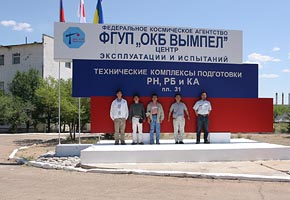  Proton Launch Vehicle, Site 200, Baikonur2004-10 (C) Seiji Yoshimoto Payload Processing Area, Site 31, Baikonur(C) Seiji Yoshimoto  Proton Launch, Site 81, Baikonur2003-11 (C) Seiji YoshimotoSoyuz Launch Pad, Site 1, Baikonur2004-05 (C) Seiji Yoshimoto Site 31, Baikonur(C) Seiji YoshimotoMuseum, Baikonur(C) Seiji Yoshimoto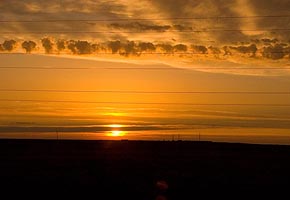 Baikonur(C) Seiji Yoshimoto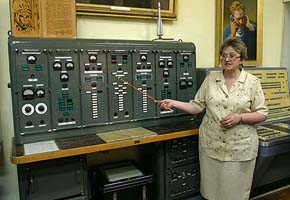 |
Baikonur CosmodromeBaikonur Cosmodrome is the largest space launch center in the world. A total of 16 launches were performed in 2006 using Soyuz, Proton, Zenit, Cyclon launch vehicles. World's launch record in 2006Baikonur Cosmodrome includes:
|
|||||||||||||||||||||||
Geographical LocationBaikonur Cosmodrome is located in Kazakhstan east of the Aral Sea (63 E and 46 N) in the semiarid zone with sharply continental climate. Typical for this area are hot dry summers and frosty winters with strong winds and little precipitation. In summer temperature can rise up to +45 deg C, and in winter it can drop down to -40 deg C. Yearly average temperature is about +13 deg C.
The cosmodrome is sufficiently far away from large population areas. This ensures safety of the launches and provides buffer areas used as launch vehicle drop zones. TransportationThe cosmodrome is connected with other cities and countries by air, rail and automobile transportation. There is an network of motor and railroads in the territory of the cosmodrome.
There are two airports, Yubileiny and Krayniy. Both can accommodate modern cargo and passenger planes. Yubileiny can accommodate large planes including An124. Krayniy is connected with Moscow by regular flights.
Buses, minivans and sedan cars are available for the transportation of personnel. The presence of local escorts to accompany transport vehicles in Baikonur is a must. |
||||||||||||||||||||||||
Residential Area, Baikonur(C) Seiji Yoshimoto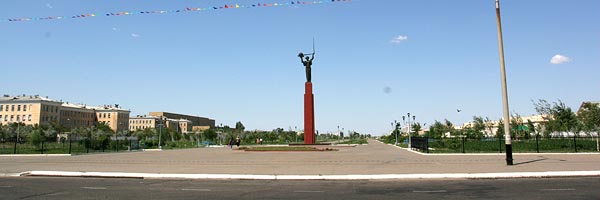 Residential Area, Baikonur(C) Seiji YoshimotoChurch, Baikonur(C) Seiji Yoshimoto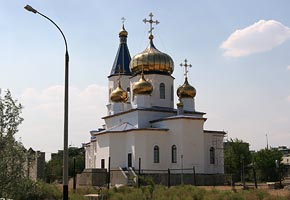 Computer Shop, Baikonur(C) Seiji YoshimotoPost and Telecommunications Office, Baikonur(C) Seiji YoshimotoMain Street, Baikonur(C) Seiji Yoshimoto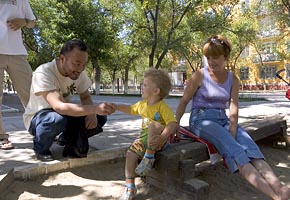  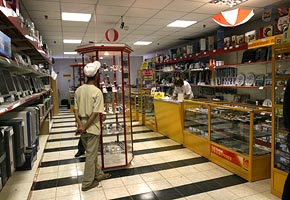 Disco Luna, Baikonur(C) Seiji YoshimotoMarket, Baikonur(C) Seiji YoshimotoMain Street, Baikonur(C) Seiji YoshimotoSoyuz Monument, Baikonur(C) Seiji Yoshimoto 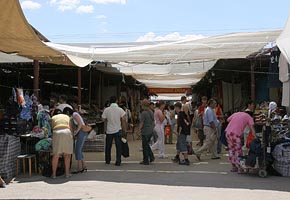 Market, Baikonur(C) Seiji Yoshimoto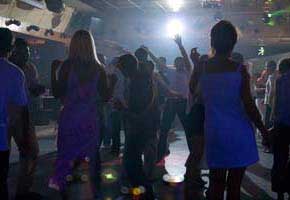 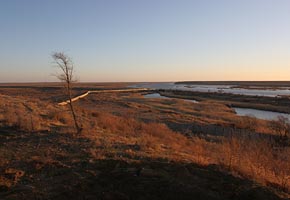 Syrdarya River, Baikonur(C) Seiji Yoshimoto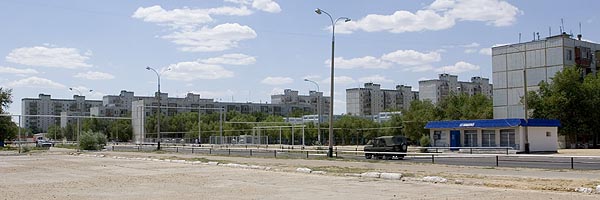 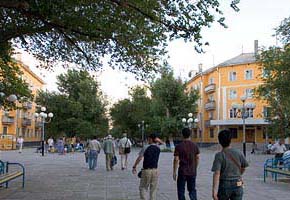 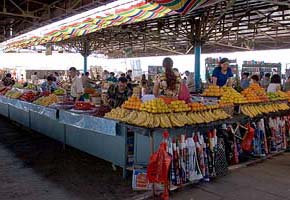 |
Residential Area and Life LinesThe residential area of the cosmodrome is a town of Baikonur located on the right bank of the Syrdarya River. Directly adjacent to the town are the town of Turatam and the railway station of the same name.
  Syrdarya River in summer(C) Seiji Yoshimoto |
|||||||||||||||||||||||
Bedroom, Cosmonaut Hotel, Baikonur(C) Seiji YoshimotoCosmonaut Hotel, Baikonur(C) Seiji YoshimotoConference Room, Cosmonaut Hotel, Baikonur(C) Seiji YoshimotoSputnik Hotel, Baikonur(C) Seiji Yoshimoto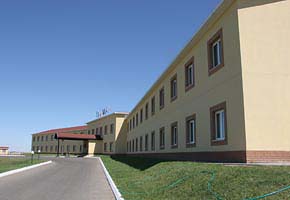 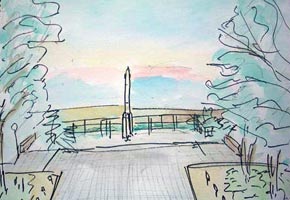 Riverside Monument of Proton, Cosmonaut Hotel, Baikonur(C) Ken Ikebe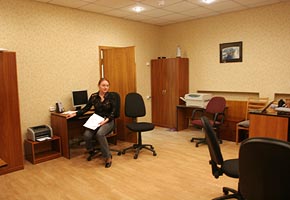 Busuness Center, Cosmonaut Hotel, Baikonur(C) Seiji Yoshimoto 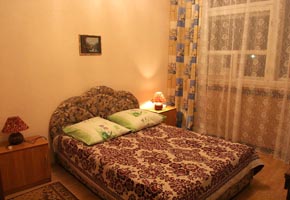  |
AccommodationsVisitors can stay in several hotels. Accommodations are offered for spacecraft processing specialists and launch guests at Sputnik, Baikonur and Cosmonaut hotels located in the northern part of the town. All Russian and foreign cosmonauts stay at Cosmonaut hotel during preparation for space flight. The rooms have air conditioning, a television set, a refrigerator and a bath room.
Visitors for Proton launch often stay in the hotels in the north west area of Cosmodrome (called Proton village) near Site 92 satellite processing area which is far from the residential area.  A Hotel in Proton Village , Baikonur(C) Seiji Yoshimoto |
|||||||||||||||||||||||
Natural EnvironmentFlowers in Desert, Baikonur(C) Ken Ikebe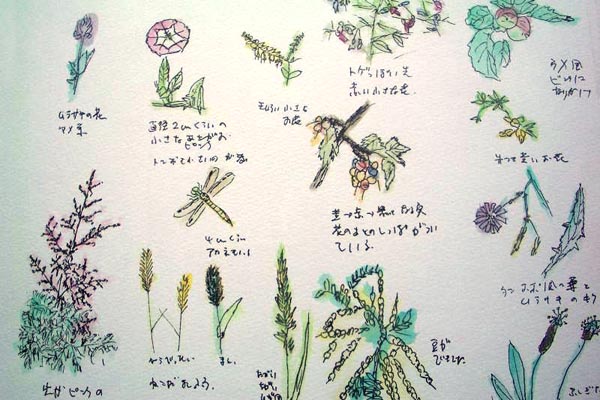    Flowers in Baikonur2007-04 (C) Alexander SvotinFlowers in Baikonur2007-04 (C) Alexander SvotinFlowers in Baikonur2007-04 (C) Alexander Svotin |
Flowers in Baikonur CosmodromeAlthough Baikonur Cosmodrome is very dry, several different flowers are seen in spring. Some insects such as dragonflies are also seen, even inside a large building facility. |
|||||||||||||||||||||||
|
||||||||||||||||||||||||

